Claros Archaeological Site
Claros Archaeological Site, which is within the borders of Ahmetbeyli District of Menderes district of İzmir province, is located in the south of Cumaovası (Menderes), on the ground plain of Ahmetbeyli Valley, which connects the plain to Kuşadası Bay in the south. Claros Sanctuary is 13 km away from Kolophon (Değirmendere) in the north, and 1,600 m away from its main city Notion (Kolophon / Sahilevleri on the coast) in the south.
The history
Although the exact date of the foundation of Claros is not known, it is believed that it was built in the name of Apollo, the chief god of Colophon, at the beginning of the 7th and 6th centuries BC. The Temple of Apollo in Claros, which is located in a flat area in a narrow valley, was very famous in the Hellenistic period and especially in the Roman period due to its being a place of knowledge. The reason why the temple was not built on a hill but located on a plain is that there is a sacred spring and forest here. Throughout its history, Klaros was not a city, but it has continuously developed under Kolophon. From a square Propylea thought to have been built in the 2nd century AD, there is a road with columns and statues on both sides leading to the Apollo temple. Inscriptions written by those who went to consult the oracle were found in Propylaea. The Apollo statue on the Cella is 7.5 m high. There is a monumental altar in front of the temple. A new temple in Ionic style was found north of the Temple of Apollo. This temple may belong to Artemis. The artifacts found in the excavation are exhibited in the Izmir Archeology Museum. Klaros sanctuary is located 13 km southeast of Kolophon, Değirmendere, and 2 km north of Notion (Ahmetbeyli). The first systematic research here was initiated in 1886 by C. Schuchhardt. During these studies, Schuchhardt, who correctly localized the city of Kolophon, later identified two tumuli in the valley between Kolophon and the sea and determined the location of Notion. Th. Macridy found many inscribed blocks brought from the Sacred area in the Notion acropolis and its immediate surroundings, which was called Kale by the people of Ahmetbeyli. The presence of these inscriptions in the village made Th. Macridy thing that the Sanctuary was not far from this area and the Basilica and as a result of his research with this thought in 1907, he found the very worn upper part of the column standing today in the propylon and realized that this place was the Sacred Space of Apollo Clarios and proved the correctness of this idea. The first scientific excavation in Claros was carried out by Th. Macready and Ch. Picard in 1913. However, the excavations were stopped when World War I started. The second period of excavations in Klaros was restarted by Prof. Louis Robert in 1950 with the participation of Jeanne Robert. The third-period excavations started again in 1988 under the direction of Prof. Juliette de La Geniere. The latest excavations of Klaros have been under the chairmanship of Selcuk Ephesus Museum Director Cengiz Topal and Onur Zunal who is instructors at Ege University, Faculty of Letters, Department of Archaeology since 2020. In this period, structures and finds dating to the Roman Imperial period are unearthed. At the same time, work continues on the conservation and restoration project of the monumental cult statues of Apollo, Artemis and Leto belonging to the Temple of Apollo Clarios.
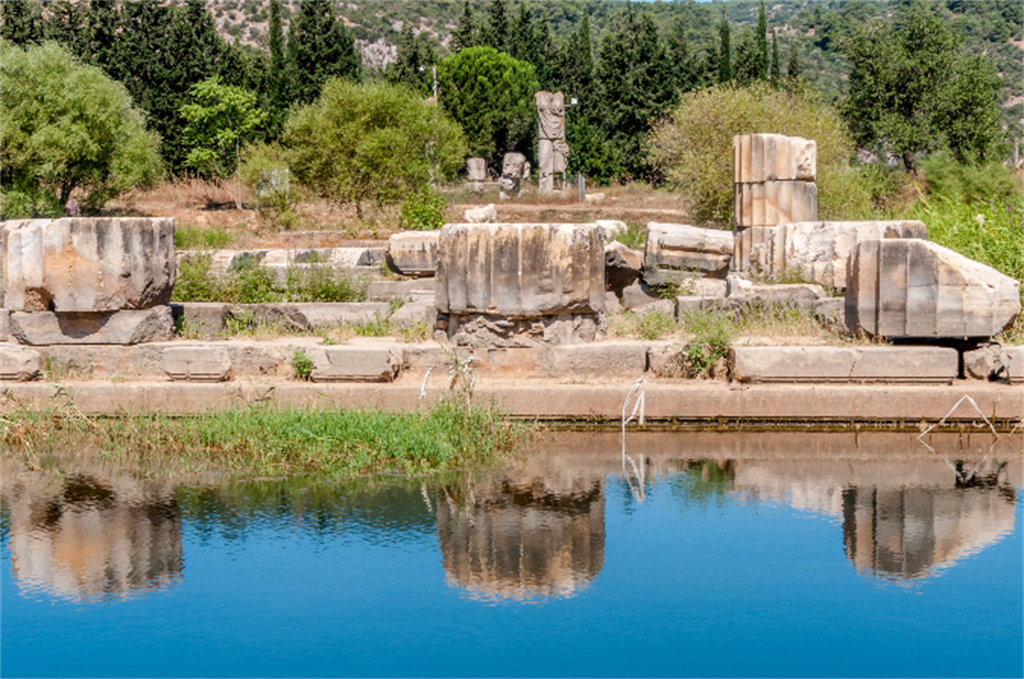
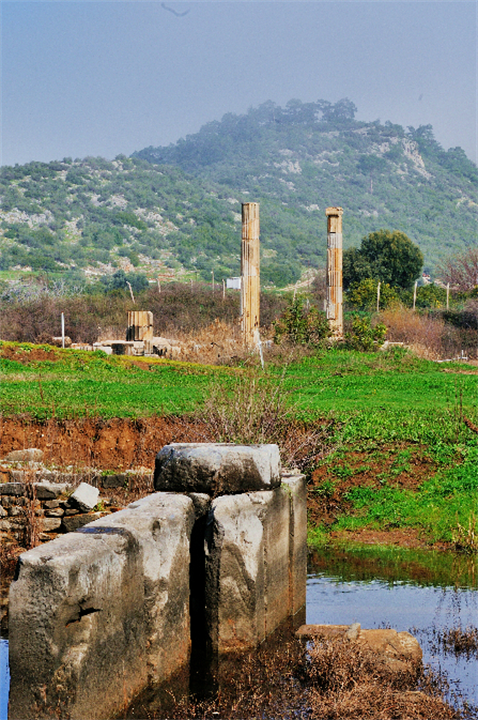
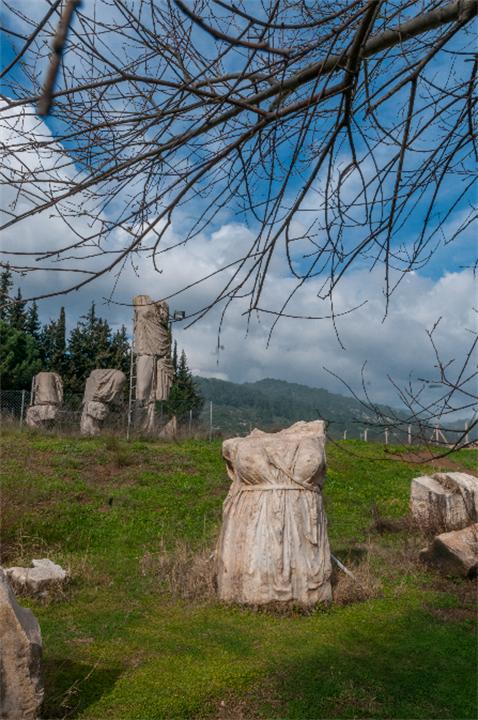
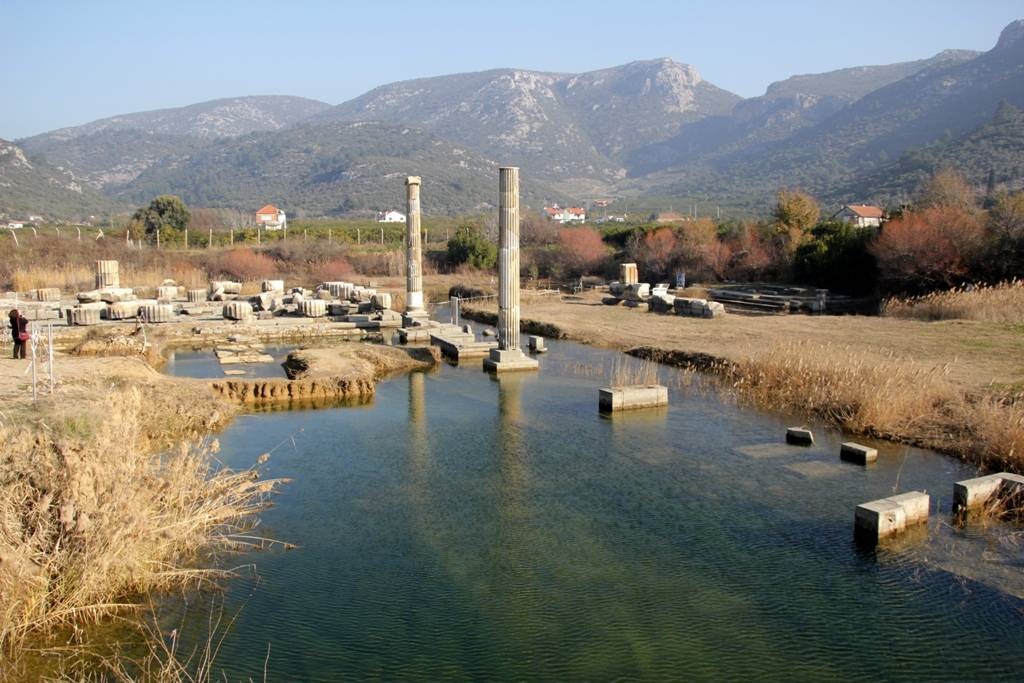
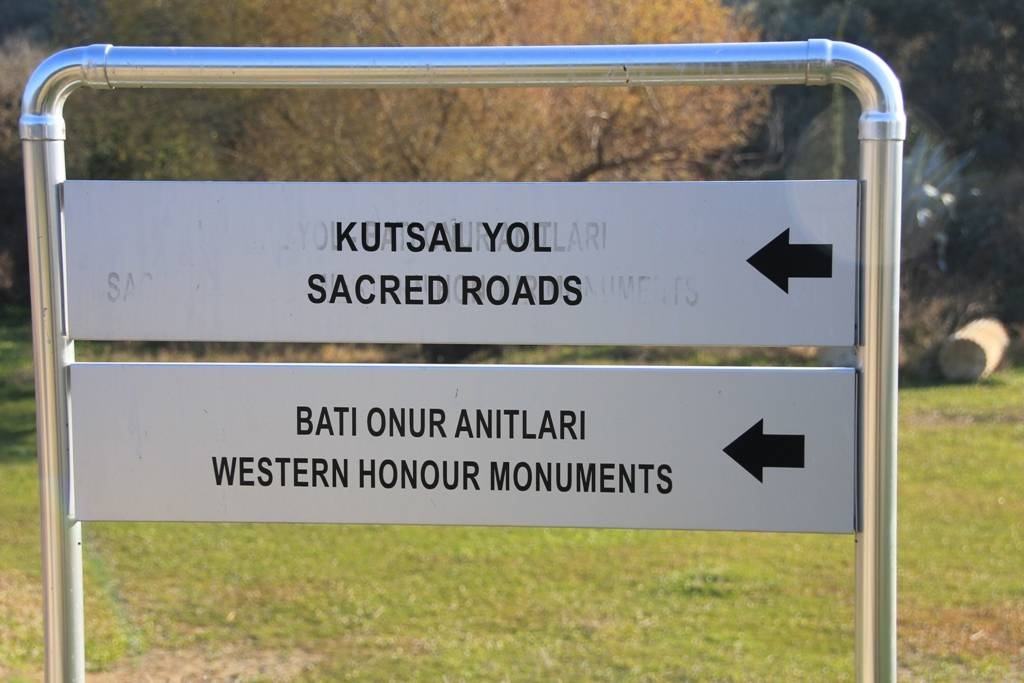







Comments
No comment left, would you like to comment?